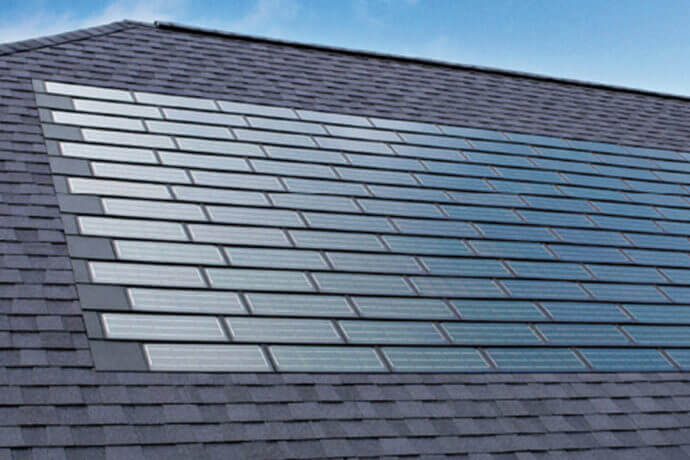For over fifteen years I’ve been talking to homeowners who want solar shingles. This is a concept called Building Integrated Photovoltaics, or BIPV. The idea is for the outside of your building — the part that is exposed to the sun — to do double duty: roof shingles or coverings that generate electricity, windows that let some light in but also absorb light and generate electricity, or some kind of wall covering that generates electricity. The hope is that money will be saved by combining two product categories (for example, shingles and solar panels), while at the same time improving the aesthetics of the home.
BIPV is a great concept, but very challenging in reality. I’ve seen dozens of BIPV product announcements, done a number of BIPV installations myself, and then observed almost all of these products disappear from the market. In retrospect, there are three reasons that these BIPV products almost always fail to get market traction:
- They are more expensive than ordinary solar installations, even considering the avoidance of ordinary building materials,
- They are never as reliable as ordinary solar, and
- They have a difficult time meeting new safety requirements (arc-fault, rapid shutdown, fire clearances).
Nevertheless, intrepid companies continue to innovate BIPV products. I remain hopeful that someone, someday will find a way to solve these problems. For more about the promises and challenges of Building Integrated Photovoltaics, Listen Up to this week’s Energy Show on Renewable Energy World.

